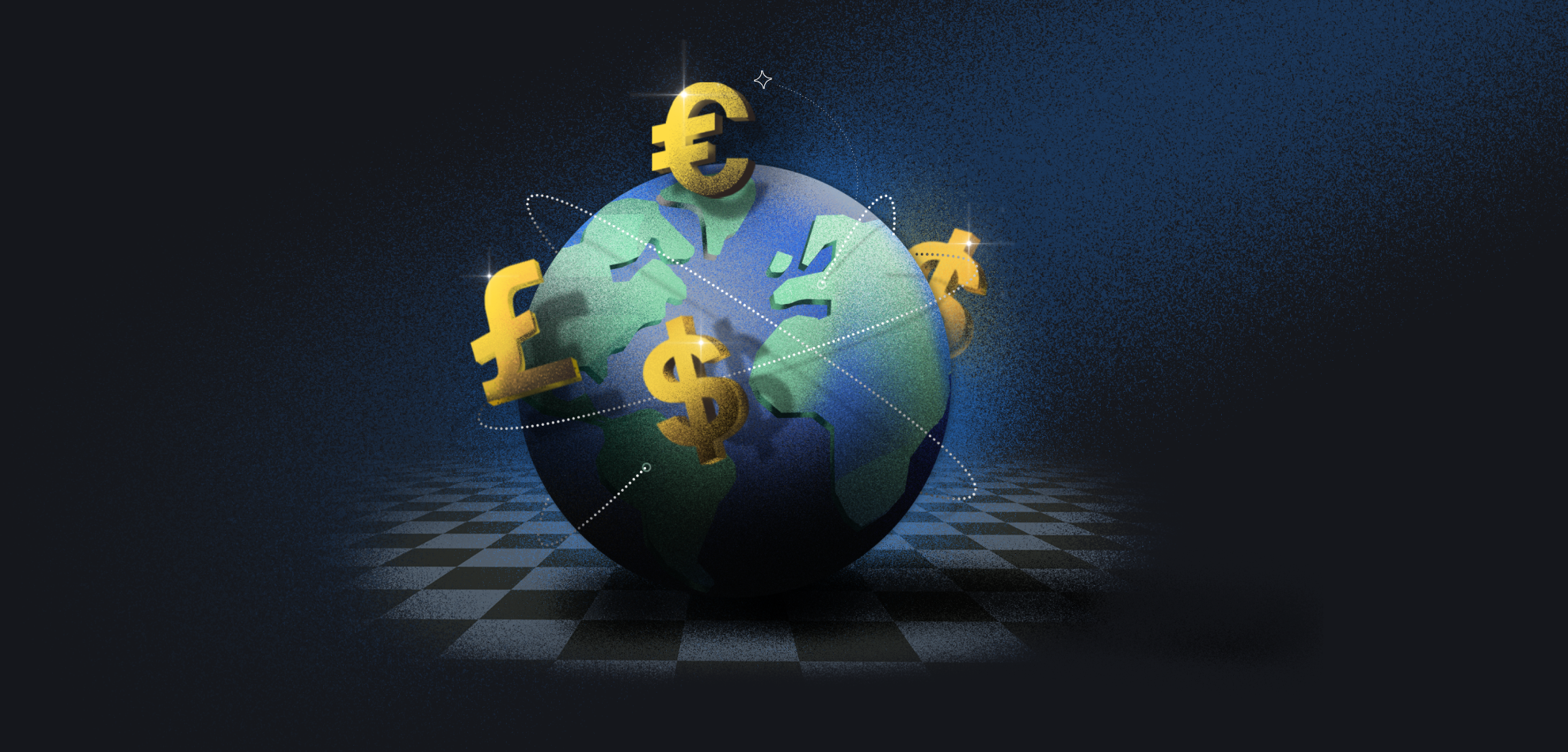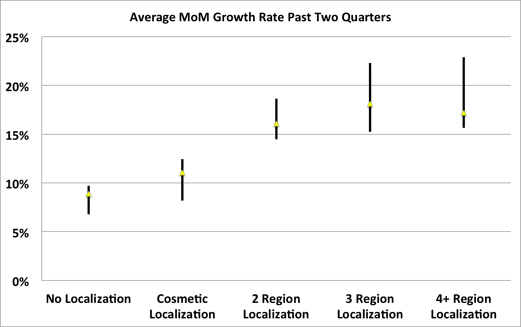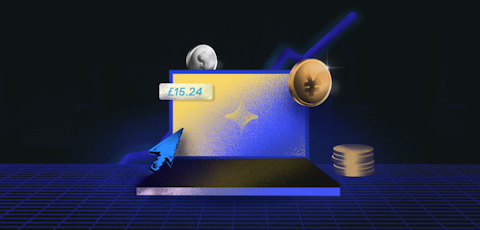Localized pricing: What is it and how can it increase your revenue?

Considering how important pricing is to your business and revenue, you’d be surprised by how many SaaS businesses overlook an incredibly important part of the pricing process.
You wouldn't be alone in thinking that the US dollar is a universally accepted currency, and sufficient for selling SaaS internationally. While it’s a good universal price benchmark, only selling in $ could be causing you to miss out on revenue opportunities that are otherwise ready for the taking.
Customers can be quickly put off when prices aren’t in their native currency. But expanding into new markets and territories is not just about currency conversion, you need to consider pricing localization too. In fact, you need to consider pricing localization first .
Let’s take a look at what this means in practice.
What is pricing localization?
Pricing localization takes into account the location of buyers to determine factors like how to display pricing (currency and format) and what the most suitable price point and model is for selling in a given market. It's all about understanding the people and your competition in your target and using this information to customize your pricing for that segment of customers. It’s mindful of price perception and socio-cultural factors that will encourage customers to click that ‘Pay Now’ button.
There are two different types of price localization, and here's what differentiates them:
1) Cosmetic localization
Cosmetic localization is considered to be the bare minimum that a company should be doing with its pricing. It’s the straightforward process of ensuring prospects are seeing prices in their own currency - ideally in a visually appealing way, with pricing psychology in mind.
For example, a product sold at $10/month in the US would be advertised at £6/month for UK-based browsers.
2) True localization
True localization is the practice of charging a price that is based on willingness to pay in each market. The aim is to make sure your pricing aligns with different buyer personas in different regions.
Let’s call it Localization 2.0.
You research the conventions and competitive landscape of the markets that you’re selling - or want to sell - into, and determine how best to price your products, and ask for payment in those specific regions. Consider Purchasing Power Parities (PPPs) – you ideally want to be taking in factors, including the cost of living (or of doing business) and inflation.
Quick definition: Purchasing Power Parities (PPPs) - as defined by the Organisation for Economic Cooperation and Development - is the “price relatives that show the ratio of prices in national currencies of the same good or service in different countries”. Check out the Big Mac index if you want to hear more.
Cosmetic localization vs true localization
Cosmetic localization enables potential customers to view prices in their own currency and it’s often the full extent of localization a company does to expand its global reach.
Plot twist: it's not enough. Cosmetic localization is, in fact, the least impactful approach to localizing your pricing. Mic drop 🎤
Whilst supporting the currency of all your territories may seem like step one in acquiring more customers, customers won’t pay for your product in their currency - or any other - if the price is wrong.
True localization should always come first.
Look into how geography can have an impact on how your customers view the software you’re selling, and how much they’d be willing to pay for it. Once you’ve tapped into the country’s buying culture, you can then pitch a price and pricing model that works and is competitive within the region’s market.
In short : you should be optimizing your pricing based on region, even if you can’t support a country’s currency yet. Once the price is optimized for that geography, you’re in a position to make an impact in the market while you take the necessary steps to support the local currency. Easy.
Why true localization is so important for SaaS businesses
Since selling software is borderless, actively expanding internationally or into new territories is a huge opportunity for SaaS business leaders.
Localized pricing is key to unlocking full business growth potential across border 🔑
Profitwell ran an analysis that uncovered just how much of an impact focusing on true localization can have:

And, if you don’t tackle true localization, what happens?
Pricing confusion or general customer dissatisfaction leads to cart abandonment – an issue that faces every SaaS company, but one that's made even worse by not having localized pricing.
Customers viewing prices in the wrong currency are often put off by the implication of additional bank charges or unnecessary hassle. The same can be said when a product’s language, design, or payment methods aren’t adapted to the geography in which it’s being used.
Then there’s the dollar confusion too. American, Canadian, and Australian customers could all see $100 and make the assumption that the price is in their dollars, which equates to very different price totals. If they believe they are paying a certain amount and getting charged entirely differently, your checkout system comes across as inept and ill-suited to cater to international customers - and worse: your business comes across as untrustworthy.
You want to get the right checkout experience to avoid any confusion and decrease your cart abandonment rate.
Not designing your pricing properly can - or will - lead to missed opportunities. It’s as simple as that.
What to consider with localizing pricing
So, what have we already mentioned that has to be on your to-do list when it comes to localized pricing?
- Don’t
- Think
- It’s
- Just
- About
- Currency
Jokes aside, you’ve got the first big job of market research that takes a deep dive into customer buying behaviors in the different regions you are - or want to - sell into. Then you add the cherries on top: currency conversions and language translations… oh and that whole ‘global sales tax’ thing too.
Bearing in mind that these tasks aren’t little ones, remember to simplify the process as much as possible.
Handling exchange rates and dealing with local taxes can take up a great deal of time and attention; time and attention that could be spent improving your product and growing your business.
That’s exactly why so many SaaS businesses choose to seek a solution that can handle the fiddly backroom work, at the same time as providing them with SaaS-specific market insights to best price your product in new regions.
How Paddle can help
Paddle is a unique solution for perfecting your checkout process, (plus much, much more). We power the checkouts of hundreds of software companies, so we’ve got the experience, the data, and the knowledge.
Having measured the performance of these price points and conversion data, we’re able to give our sellers valuable insight into the optimal pricing for their software product in different geographies.
We take care of international taxes, meaning negotiating the difficult tax systems of emerging markets will no longer be a blocker for your business. We take care of it all - no matter what stage of the lifecycle your company is in.
It’s never too late to get localizing. ⏰
Want to find out more about what Paddle can do for your business? Book a demo here.



